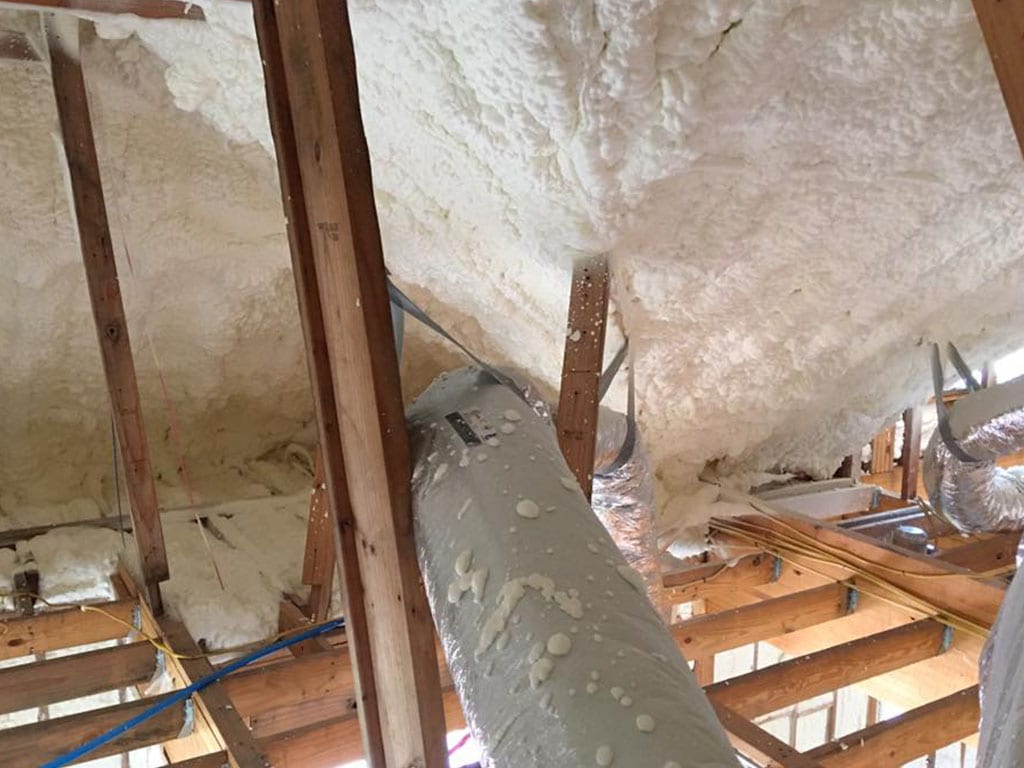
Foam is a versatile material widely used in various industries, including construction, automotive, packaging, and furniture manufacturing. However, concerns about its flammability have raised questions about its safety. In this article, we will delve into the topic of foam flammability, debunk common myths, and provide accurate information to help you understand the facts.
- Understanding Foam:
Foam is a lightweight material composed of cells or bubbles filled with air or gas. It is typically made from polymers such as polyurethane, polystyrene, or polyethylene. Foam's cellular structure gives it excellent insulation properties, making it popular for thermal and acoustic applications. - Flammability of Foam:
Contrary to popular belief, foam is not highly flammable. The flammability of foam depends on various factors, including its composition, density, and the presence of flame retardants. While some foams may ignite easily, others are specifically designed to resist or delay the spread of flames. - Flame Retardants:
To enhance foam's fire resistance, manufacturers often incorporate flame retardants during the production process. These chemicals work by reducing the material's flammability and slowing down the combustion process. Common flame retardants used in foam include halogenated compounds, phosphorus-based compounds, and nitrogen-based compounds. - Fire Safety Standards and Regulations:
Foam products, especially those used in critical applications like furniture or building materials, must comply with fire safety standards and regulations. These standards vary across industries and countries but aim to ensure that foam products meet specific flammability requirements. Compliance with these standards helps minimize fire risks and enhances overall safety. - Testing and Certification:
Foam manufacturers subject their products to rigorous testing to assess their flammability characteristics. Tests such as the UL 94 standard evaluate the material's ability to self-extinguish and resist flame propagation. Additionally, certifications like the CertiPUR-US® label ensure that foam used in bedding and upholstered furniture meets specific safety and environmental standards. - Safe Usage and Precautions:
While foam itself may not be highly flammable, it is crucial to use and handle foam products responsibly. Avoid exposing foam to open flames or high heat sources, as this can increase the risk of ignition. Additionally, ensure proper ventilation in areas where foam is used to prevent the accumulation of flammable gases.
Conclusion:
In conclusion, foam is not inherently highly flammable. Its flammability depends on factors such as composition, density, and the presence of flame retardants. By adhering to fire safety standards, using certified foam products, and taking necessary precautions, the risks associated with foam flammability can be effectively mitigated. Understanding the facts about foam flammability is essential for making informed decisions and ensuring safety in various industries.





